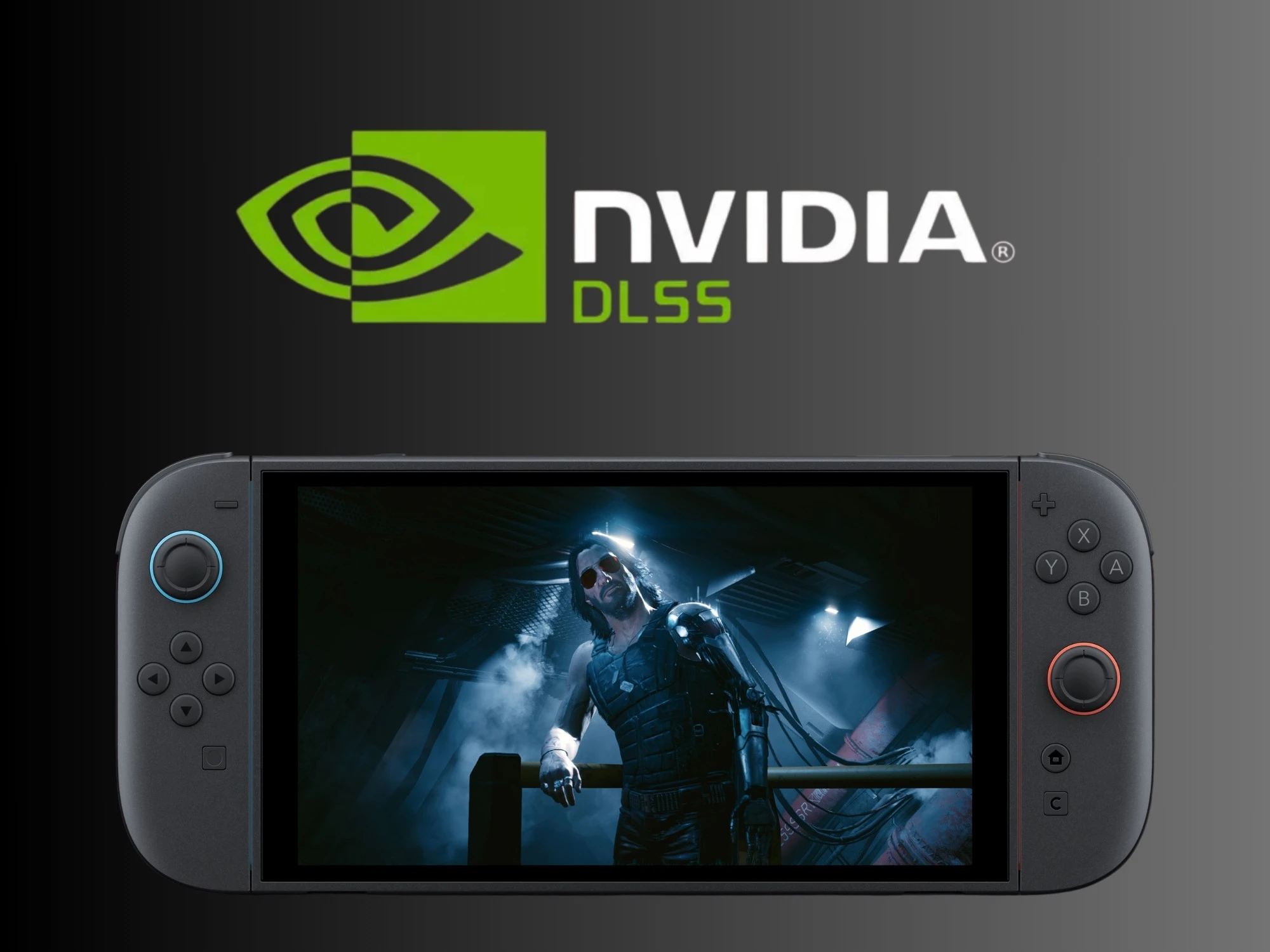Nintendo Switch 2 Matches Xbox Series S Performance Thanks to DLSS Technology, Developer Claims
Nintendo's highly anticipated Switch 2 console can deliver performance comparable to Microsoft's Xbox Series S, according to a game developer with hands-on experience with the upcoming handheld. Eoin O'Grady, Technical Director at Black Shamrock, a subsidiary of major game development studio Virtuos, made the bold assertion during a recent interview with WCCFtech.
O'Grady's claims center on the Switch 2's advanced graphics processing capabilities, which he says can effectively bridge the performance gap with Microsoft's entry-level current-generation console. "GPU-wise, the Switch 2 performs slightly below the Series S; this difference is more noticeable in handheld mode," O'Grady explained. "However, the Series S does not support technologies like DLSS, which the Switch 2 does. This makes the GPU capabilities of the two consoles comparable overall."
 The Nintendo Switch 2's advanced graphics technology could put it on par with Microsoft's Xbox Series S
The Nintendo Switch 2's advanced graphics technology could put it on par with Microsoft's Xbox Series SThe Switch 2's secret weapon appears to be its Tegra T239 system-on-chip, which features 46 Ampere Tensor Cores and supports custom DLSS (Deep Learning Super Sampling) upscaling technology. DLSS uses artificial intelligence to render games at lower resolutions and then intelligently upscale them, delivering sharper image quality while maintaining higher frame rates. This technology, developed by NVIDIA, has become a game-changer in PC gaming and is now making its debut in the handheld console space.
While the Switch 2's graphics capabilities impress, its CPU performance tells a different story. O'Grady noted that the console's octa-core ARM Cortex-A78C processor delivers performance comparable to the PlayStation 4's octa-core AMD Jaguar x86-64 CPU, rather than matching current-generation consoles. However, he emphasized that this limitation may not significantly impact gaming performance for most titles.
"Any game shipping at 60 FPS on the Series S should easily port to the Switch 2," O'Grady stated. "Likewise, a 30 FPS Series S game that's GPU-bound should also port well." The developer did acknowledge potential challenges with CPU-intensive titles, noting that "games with complex physics, animations, or other CPU-intensive elements might incur additional challenges in reaching 30 or 60 FPS or require extra optimization during porting."
Early evidence supports O'Grady's performance claims. The Switch 2 version of Street Fighter 6 reportedly not only matches Xbox Series S performance but actually delivers superior texture and image quality. Perhaps more impressively, CD Projekt RED's notoriously demanding Cyberpunk 2077 runs at a stable 30 FPS in Quality mode and 40 FPS in Performance mode on the Switch 2, demonstrating the console's ability to handle graphically intensive modern games.
Implications for Gaming
These performance revelations could significantly impact the portable gaming landscape. If O'Grady's assessments prove accurate across a broader range of titles, the Switch 2 would represent a substantial leap forward in handheld gaming performance, potentially making it the most powerful portable console ever released. The ability to run Xbox Series S games in a handheld form factor would give Nintendo a compelling advantage in attracting third-party developers and expanding its game library beyond traditional Nintendo exclusives.
However, questions remain about real-world performance across different game genres and whether the console can maintain consistent performance during extended gaming sessions. The success of DLSS technology in delivering the promised performance gains will likely determine whether the Switch 2 can truly compete with current-generation consoles while maintaining the portability that defines Nintendo's handheld gaming philosophy.
